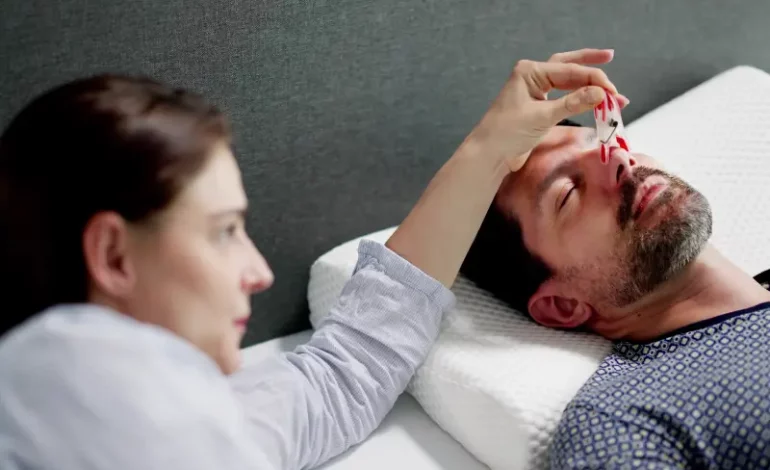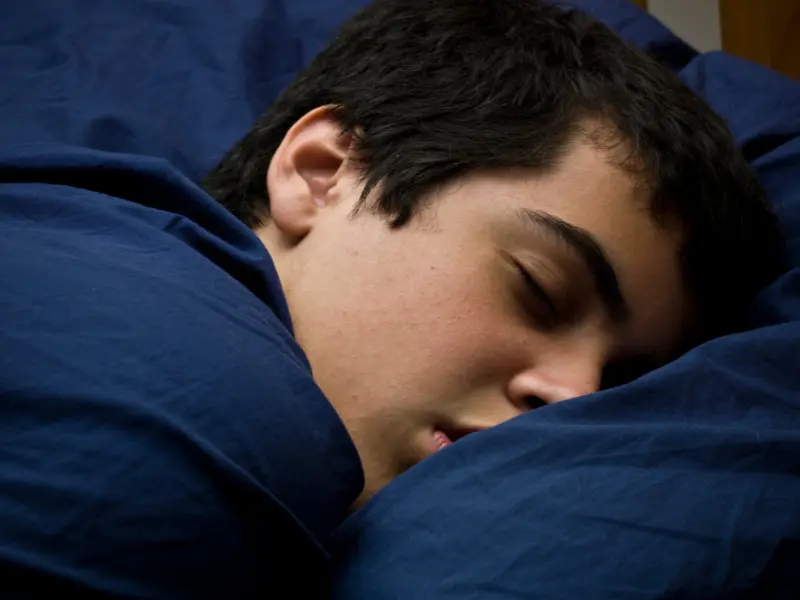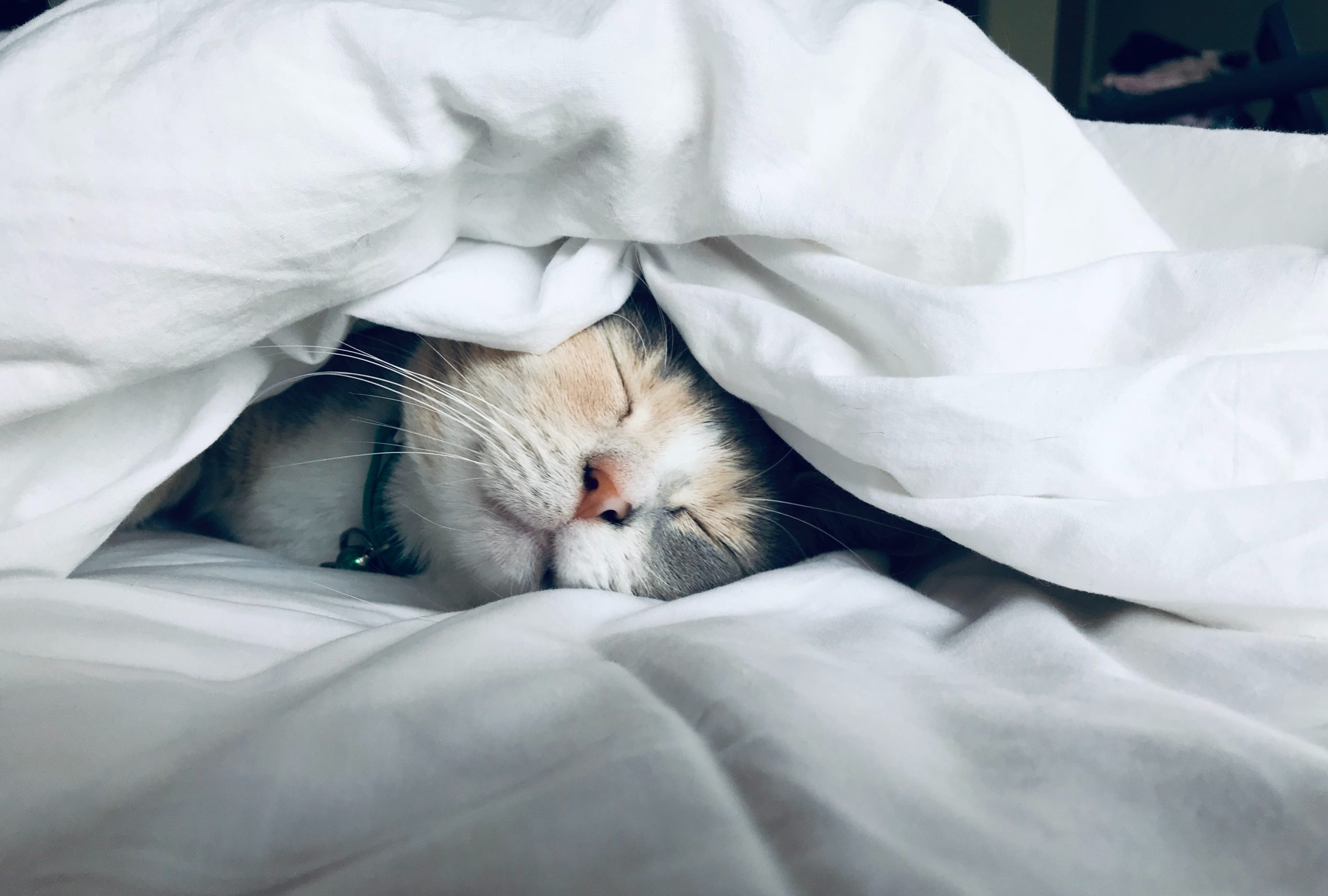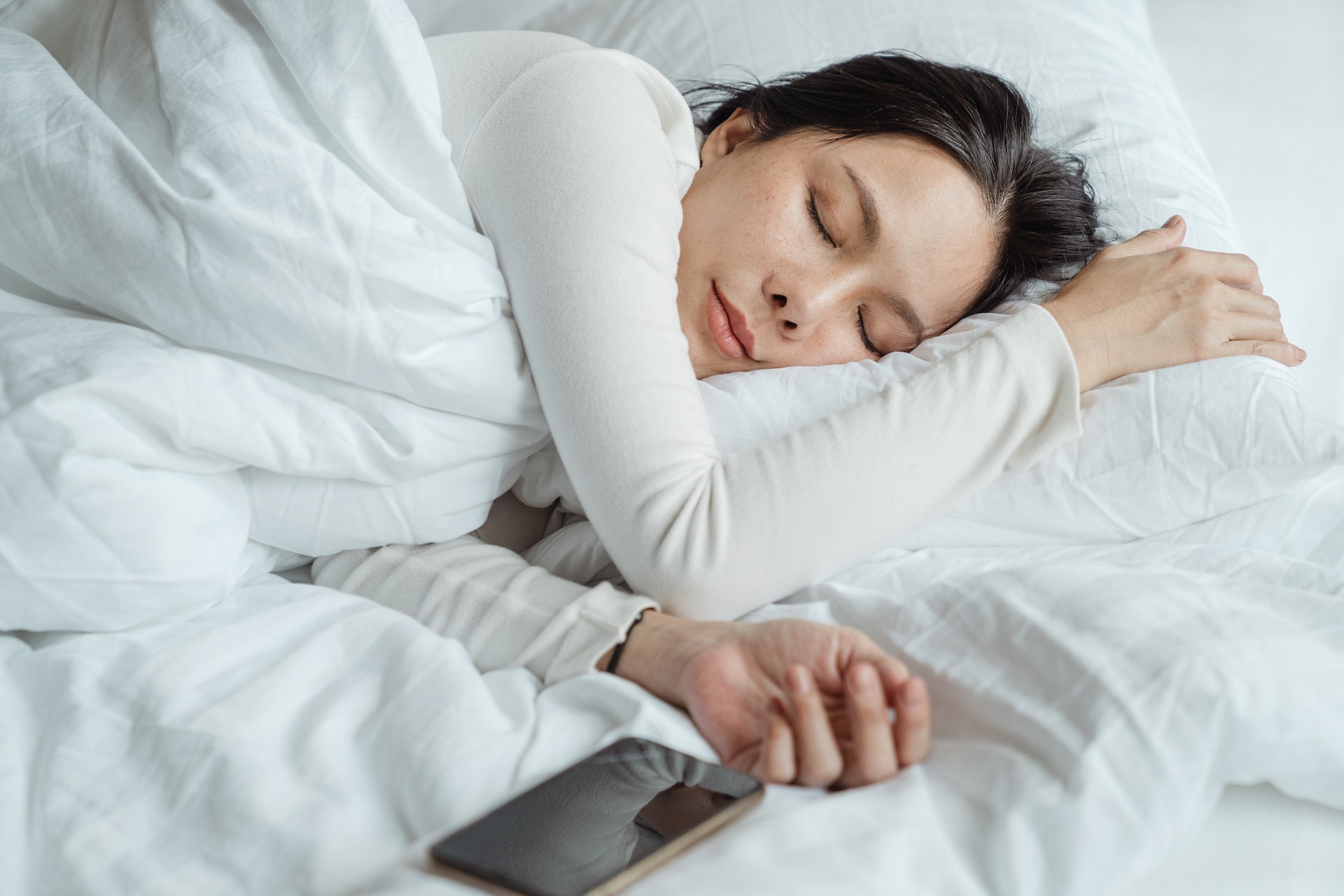
Sleep is essential for our well-being, but for many, it’s an elusive dream. If you’ve ever woken up feeling more exhausted than when you went to bed, sleep apnea might be the culprit. This common yet often overlooked condition can disrupt your nights and impact your days in ways you may not realize. Imagine struggling to stay awake during meetings or dealing with mood swings that stem from a restless night’s sleep.
Understanding sleep apnea is the first step toward reclaiming those precious z’s. Whether it’s snoring loudly enough to wake the neighbors or gasping for air in the middle of the night, recognizing the signs and symptoms can lead you on a path to better rest—and ultimately—a healthier life.
Let’s dive deep into what sleep apnea really is, its various types, symptoms, causes, and how you can manage this condition effectively while improving your overall quality of sleep. Your journey toward restful nights starts here!
What is Sleep Apnea?
Sleep apnea is a serious sleep disorder characterized by repeated interruptions in breathing during sleep. These interruptions can last from a few seconds to minutes, often waking the person gasping for air.
There are two main forms: obstructive and central sleep apnea. Obstructive sleep apnea occurs when throat muscles relax excessively, blocking airflow. Central sleep apnea, on the other hand, involves issues with the brain’s signals that control breathing.
People with this condition may not even be aware they have it at first. It’s commonly accompanied by loud snoring or choking sounds throughout the night. As these episodes accumulate, they result in fragmented sleep and reduced oxygen levels in the body.
Understanding what happens during those restless nights can empower individuals to seek help and address their symptoms effectively. Sleep apnea isn’t just an inconvenience; it’s a health issue that requires attention.
Types of Sleep Apnea
Sleep apnea is primarily classified into three types: obstructive, central, and complex.
Obstructive sleep apnea (OSA) is the most common form. It occurs when throat muscles relax excessively during sleep, causing blockages in the airway. This often leads to snoring and gasping for air.
Central sleep apnea (CSA), on the other hand, involves a failure of the brain to signal muscles that control breathing. Unlike OSA, it’s not caused by a physical blockage but rather by issues with brain function during sleep.
Complex sleep apnea syndrome combines features from both OSA and CSA. Individuals may experience symptoms of both types, requiring more comprehensive treatment approaches.
Understanding these variations is essential for effective management and treatment strategies tailored to individual needs.
Symptoms and Effects of Sleep Apnea
Sleep apnea can significantly disrupt your life. One of the most common symptoms is loud snoring, often accompanied by gasping or choking sounds during sleep. This not only disturbs your rest but can also wake others in the household.
Daytime fatigue is another major effect. Many people find it hard to concentrate and may experience irritability or mood swings. The body struggles to function properly after a night filled with interruptions.
In some cases, individuals might notice memory issues or decreased cognitive performance over time. Sleep apnea doesn’t just affect how you sleep; it impacts various aspects of your daily life.
Additionally, untreated sleep apnea poses serious health risks. It can increase the likelihood of high blood pressure, heart disease, and diabetes. Recognizing these symptoms early on can pave the way for effective management strategies later.
Causes of Sleep Apnea
Sleep apnea can stem from various underlying factors. One of the most common causes is excess weight. Carrying extra pounds, especially around the neck, can obstruct airflow during sleep.
Aging also plays a significant role in sleep apnea development. As people grow older, muscle tone diminishes, making it easier for airway blockages to happen.
Anatomical features can contribute as well. Those with larger tonsils or a thick neck may be at higher risk. Structural abnormalities in the jaw and airway could create problems too.
Certain medical conditions are linked to sleep apnea as well. Conditions such as asthma and hypertension often coexist with this disorder.
Lifestyle choices like smoking and alcohol consumption affect respiratory function during sleep, exacerbating symptoms of sleep apnea. Understanding these causes is essential for effective management strategies.
How to Get Diagnosed with Sleep Apnea
Getting a proper diagnosis for sleep apnea is crucial. If you suspect you have this condition, the first step is to consult with your healthcare provider. They can guide you through the process and recommend next steps.
You may start with a physical examination and discuss your symptoms. This conversation often includes questions about your sleeping habits, lifestyle, and medical history.
Your doctor might suggest a sleep study, known as polysomnography. This comprehensive test monitors various bodily functions while you sleep. It tracks breathing patterns, heart rate, oxygen levels, and more.
In some cases, at-home testing kits are available for convenience. These devices measure airflow and oxygen saturation but provide less detailed information than an in-lab study.
Following these assessments will lead to an accurate diagnosis—helping you understand if treatment is necessary.
Treatment Options for Sleep Apnea
Treatment for sleep apnea varies depending on its severity and type. Continuous Positive Airway Pressure (CPAP) therapy is one of the most common methods. This device delivers a steady stream of air, keeping your airway open during sleep.
For those who can’t tolerate CPAP, oral appliances may be an option. These are custom-fitted devices that help reposition the jaw to prevent airway blockage.
Lifestyle changes can also make a significant difference. Weight loss, regular exercise, and avoiding alcohol before bedtime contribute positively to managing symptoms.
In some cases, surgery might be necessary. Surgical options aim to remove excess tissue from the throat or correct anatomical issues causing obstruction.
Consulting with a healthcare professional will guide you in choosing the best treatment tailored to your needs and lifestyle preferences. Each approach offers unique benefits aimed at enhancing overall sleep quality.
Tips for Managing and Improving Your Sleep with Sleep Apnea
Managing sleep apnea can feel overwhelming, but there are several strategies that can help you improve your quality of sleep. First and foremost, maintaining a healthy weight is crucial. Even small reductions in weight can significantly reduce the severity of sleep apnea.
Establishing a consistent bedtime routine is also important. Going to bed and waking up at the same time each day helps regulate your body’s internal clock. Create a relaxing pre-sleep environment by dimming lights and avoiding screens before bed.
Sleep position matters too. Many people find relief by sleeping on their side rather than their back, as this can keep airways open more effectively. You might consider using special pillows designed for side sleepers or even positional devices that encourage side sleeping.
Regular exercise contributes positively not just to overall health but specifically for managing symptoms of sleep apnea. Whether it’s walking, swimming, or yoga—find an activity you enjoy and make it part of your daily life.
Avoid alcohol and sedatives close to bedtime since they relax muscles in the throat which may worsen breathing issues during sleep. Instead, focus on creating a calming nighttime routine without these substances.
Staying well-hydrated throughout the day promotes better airflow while sleeping; however, limit fluid intake right before bed to avoid nocturnal trips to the bathroom disrupting your rest.
Don’t hesitate to seek support from healthcare professionals or join support groups with others who understand what you’re going through. Sharing experiences and solutions can provide both comfort and practical advice as you navigate managing sleep apnea together with them.
Implementing these tips into your nightly routine could lead to noticeable improvements in both how well you manage sleep apnea and how refreshed you feel upon waking each morning!









